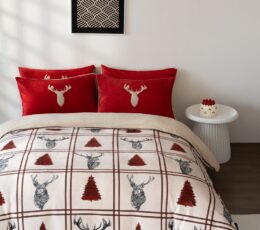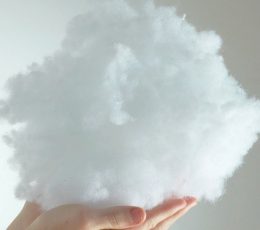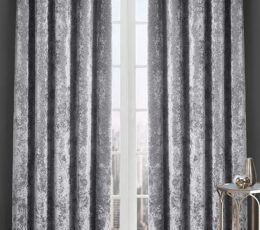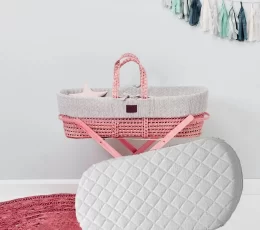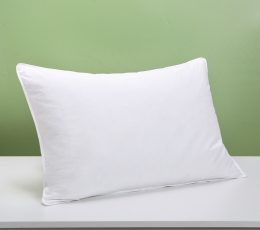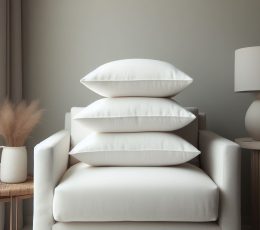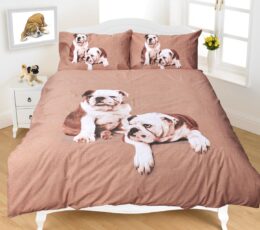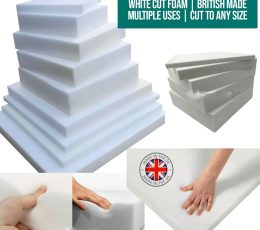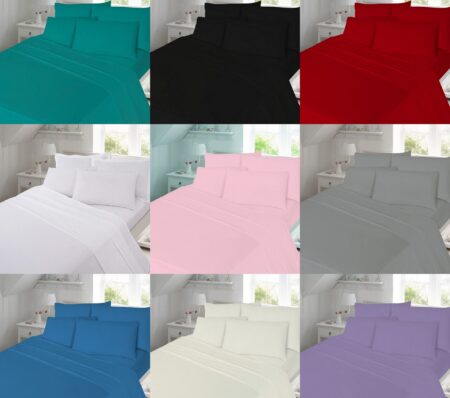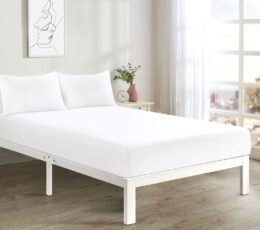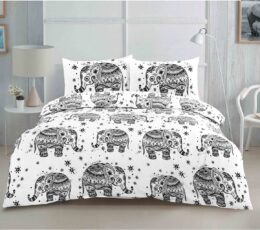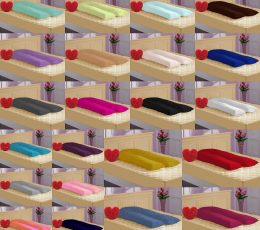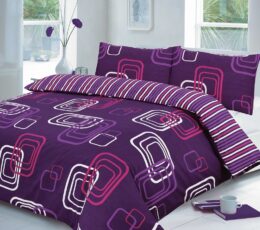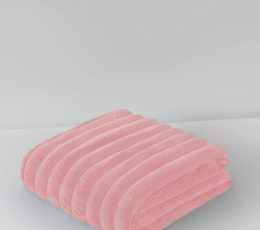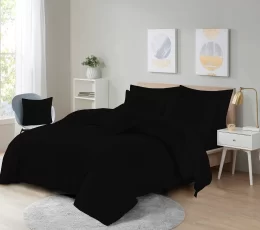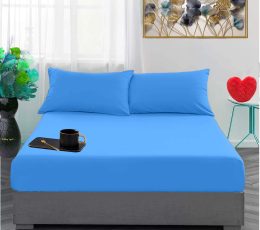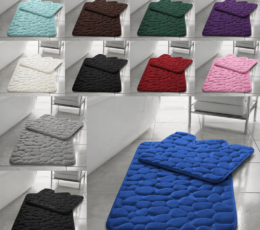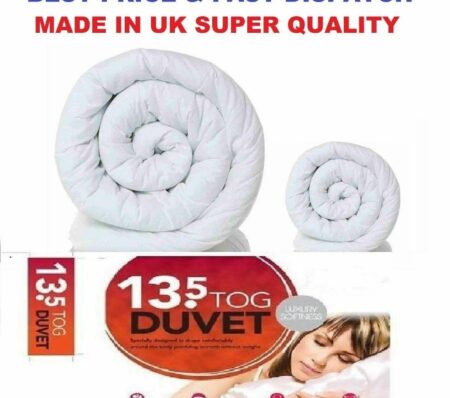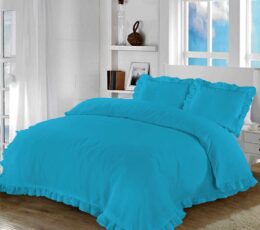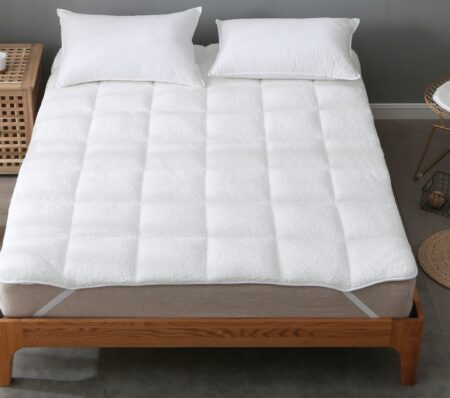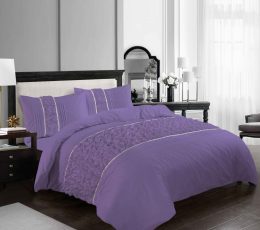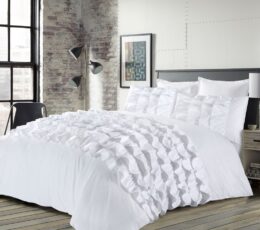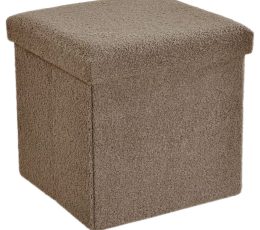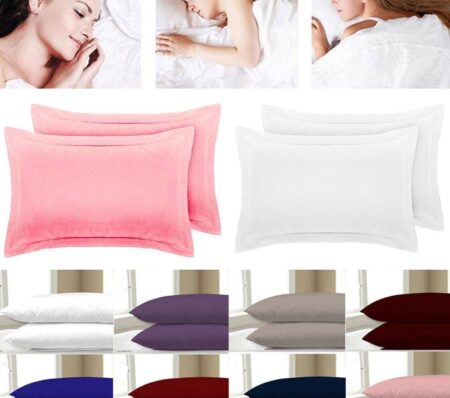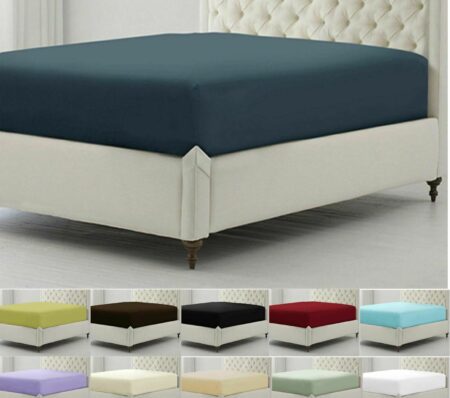Pillowcase are pivotal in enhancing the quality of your sleep and overall comfort. Beyond mere accessories, they protect your pillow, preventing dust mites, allergens, and oils from permeating your sleep sanctuary. The right pillowcase can contribute to a more hygienic sleeping environment, reducing the risk of skin irritations and allergies.
Benefits of Using Pillowcase
- Skin and Hair Health: A quality case for orthopaedic pillow case can make a significant difference in maintaining skin and hair health. Smooth, breathable fabrics reduce friction, minimizing the risk of hair breakage and preventing sleep lines on the skin.
- Temperature Regulation: Cover with pillow crafted from breathable materials like cotton promote optimal airflow, aiding in temperature regulation during sleep. This ensures you stay cool in the summer and warm in the winter, contributing to a more restful night’s sleep.
- Durability and Longevity: Investing in a high-quality pillowcase provides immediate comfort and ensures your pillows’ longevity. A durable pillowcase protects against wear and tear, extending the lifespan of your pillows.
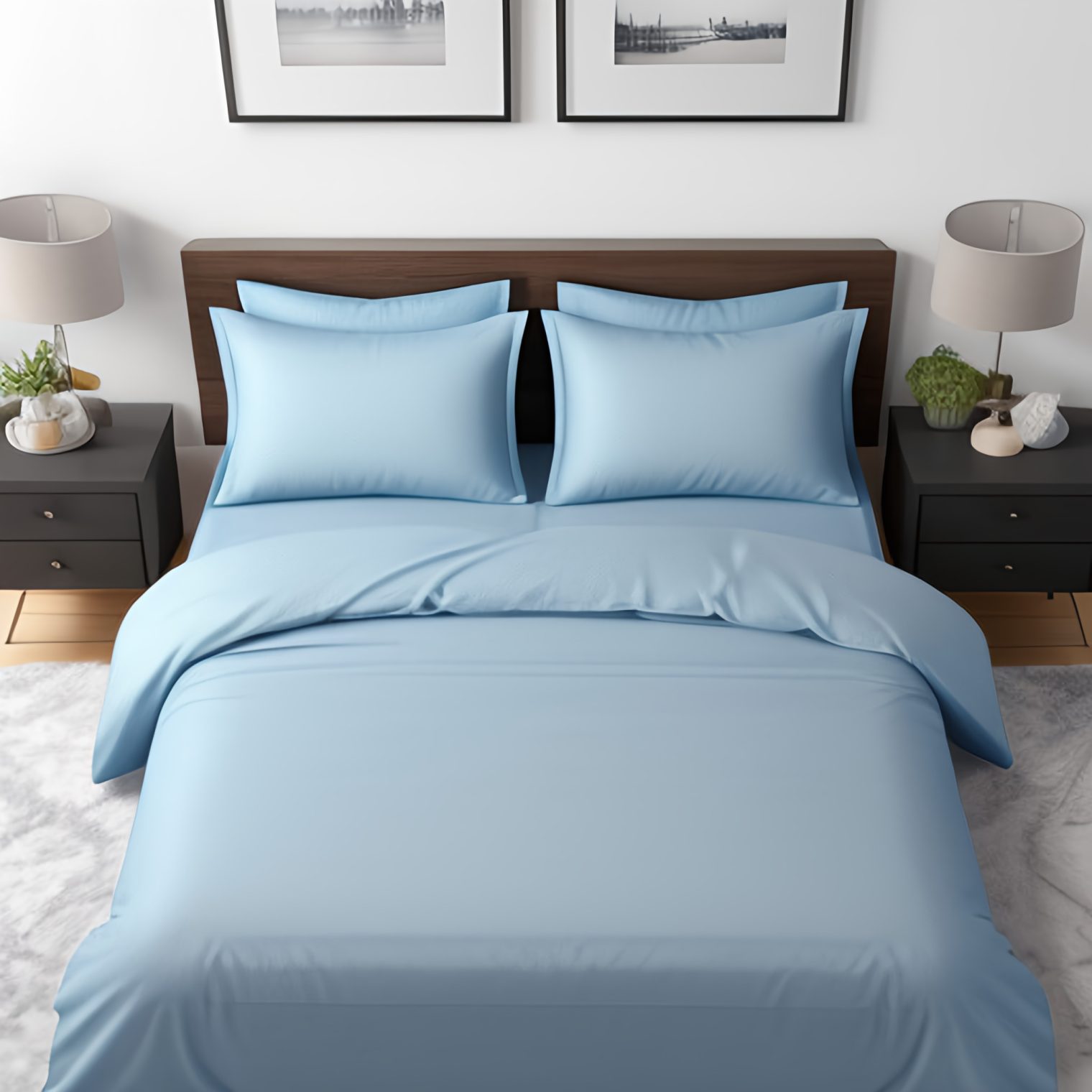
Types of Pillowcase Fabric
Selecting the right covers and pillows fabric is essential for achieving the ultimate balance of comfort, breathability, and durability. Each fabric type offers unique qualities, catering to different preferences and needs. Let’s explore some popular materials or you can also check out our guide on how to select the cushion filling:
Cotton Pillow covers
Features:
- Breathability: Cotton pillowcase is highly breathable, ensuring a cool and comfortable sleep.
- Softness: Known for its natural softness, cotton provides a cozy feel against the skin.
- Versatility: Comes in various weaves, including percale and sateen, offering different textures.
Considerations:
- Wrinkling: Cotton can wrinkle, but high-quality cotton with a higher thread count tends to wrinkle less.
Linen Pillow Cover
Features:
- Cooling: Linen is renowned for its natural cooling properties, ideal for warm climates.
- Durability: Linen pillowcases often become softer and more comfortable with each wash.
- Texture: The slightly textured surface of linen adds an elegant and rustic touch.
Considerations:
- Initial Stiffness: Linen may feel somewhat stiff initially but softens over time.
Silk Pillowcase
Features:
- Smoothness: Silk pillowcases are incredibly smooth, reducing friction and preventing hair breakage.
- Hypoallergenic: Naturally resistant to dust mites, making it suitable for allergy sufferers.
- Temperature Regulation: Silk helps regulate body temperature, offering comfort in all seasons.
Considerations:
- Delicate Care: Requires gentle hand or machine washing on a delicate cycle.
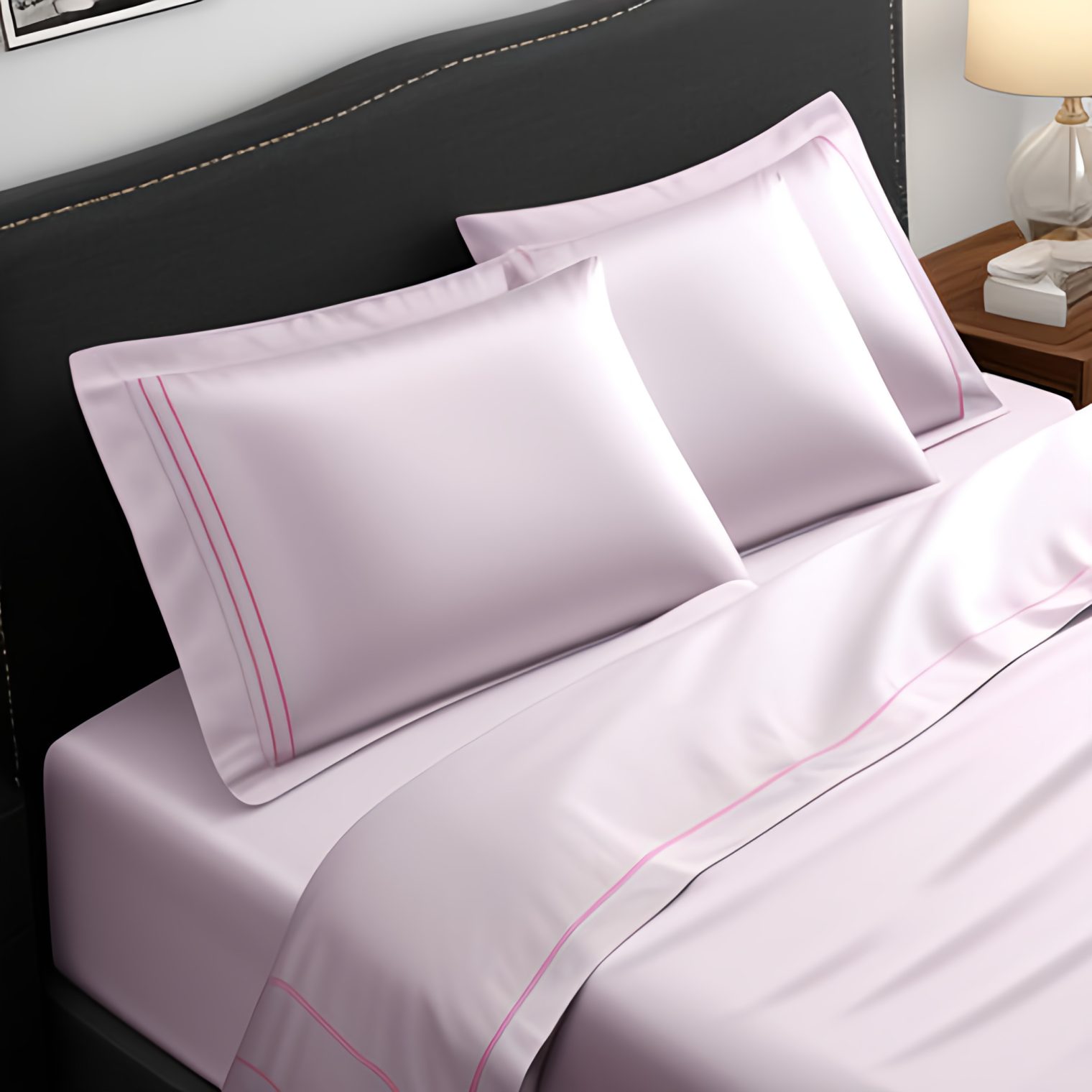
Polyester Pillow Case
Features:
- Durability: Polyester pillowcases are resistant to wrinkles, shrinking, and fading.
- Affordability: Generally more budget-friendly than natural fibres.
- Easy Care: Low-maintenance fabric that dries quickly.
Considerations:
- Breathability: Less breathable compared to natural fibres.
Bamboo Pillow cases
Features:
- Moisture-Wicking: Bamboo fabric is highly absorbent, keeping you dry and comfortable.
- Sustainability: Bamboo is eco-friendly due to its fast growth and minimal environmental impact.
- Hypoallergenic: Resistant to allergens and bacteria.
Considerations:
- Care Instructions: Follow specific care instructions to maintain the fabric’s integrity.
Flannel Pillowcase
Features:
- Insulation: Flannel pillowcases provide warmth and coziness, ideal for colder seasons.
- Soft Texture: The brushed surface adds a soft and fuzzy texture.
- Durable: Known for durability and resistance to wear.
Considerations:
- Seasonal Use: Best suited for cooler months due to its insulating properties.
Microfiber Pillow Cover
Features:
- Softness: Microfiber pillowcases offer a silky and smooth feel.
- Wrinkle-Resistant: Less prone to wrinkling than natural fibres.
- Affordability: Often a cost-effective choice and also uses in v shaped pillow case.

Types of Pillow Case:
Choosing the right pillow protectors is a crucial element in creating a comfortable and aesthetically pleasing bedroom. Each pillowcase serves a specific purpose and personal preferences. Let’s explore the most common types of pillowcase:
Housewife Pillow cases:
The Housewife Pillowcase is a timeless and straight-forward design. Known for its simplicity, this type features a sewn edge with a neat and clean appearance. It’s popular for those who appreciate classic elegance and a crisp, uniform look in their bedding ensemble. The Housewife Pillowcase is easy to maintain and complements various bedroom styles.
Bag Style Pillowcase:
Modern Simplicity For those seeking a more contemporary touch, the Bag Style Pillowcase is an excellent choice. This type features an envelope-style opening, creating a secure closure that prevents the pillow from slipping out. It also adds a subtle hint of sophistication to your bedding.
Mock Oxford Pillow cases:
The Mock Oxford Pillowcase is synonymous with sophistication and refinement. It stands out with its decorative border, adding a touch of luxury for your bedding ensemble. The border, often wider than a Housewife Pillowcase, is an elegant frame for your pillows. This type is perfect for those who want to elevate the visual appeal of their bed with a classic and sophisticated touch as known as bolster pillow case.
Oxford Pillowcase:
Features a wide stitched border around the edges, creating a decorative frame. The border adds an touch of elegance to the pillowcase. Available in different sizes to fit standard, queen, or king sofa cushion cover.
Linen Pillowcase:
Made for linen cushion cover, it is known for its durability and breathability. Offers a textured and relaxed look. It becomes softer with each wash and is well-suited for a casual, comfortable aesthetic as well as you can also made your personalised pillow case.
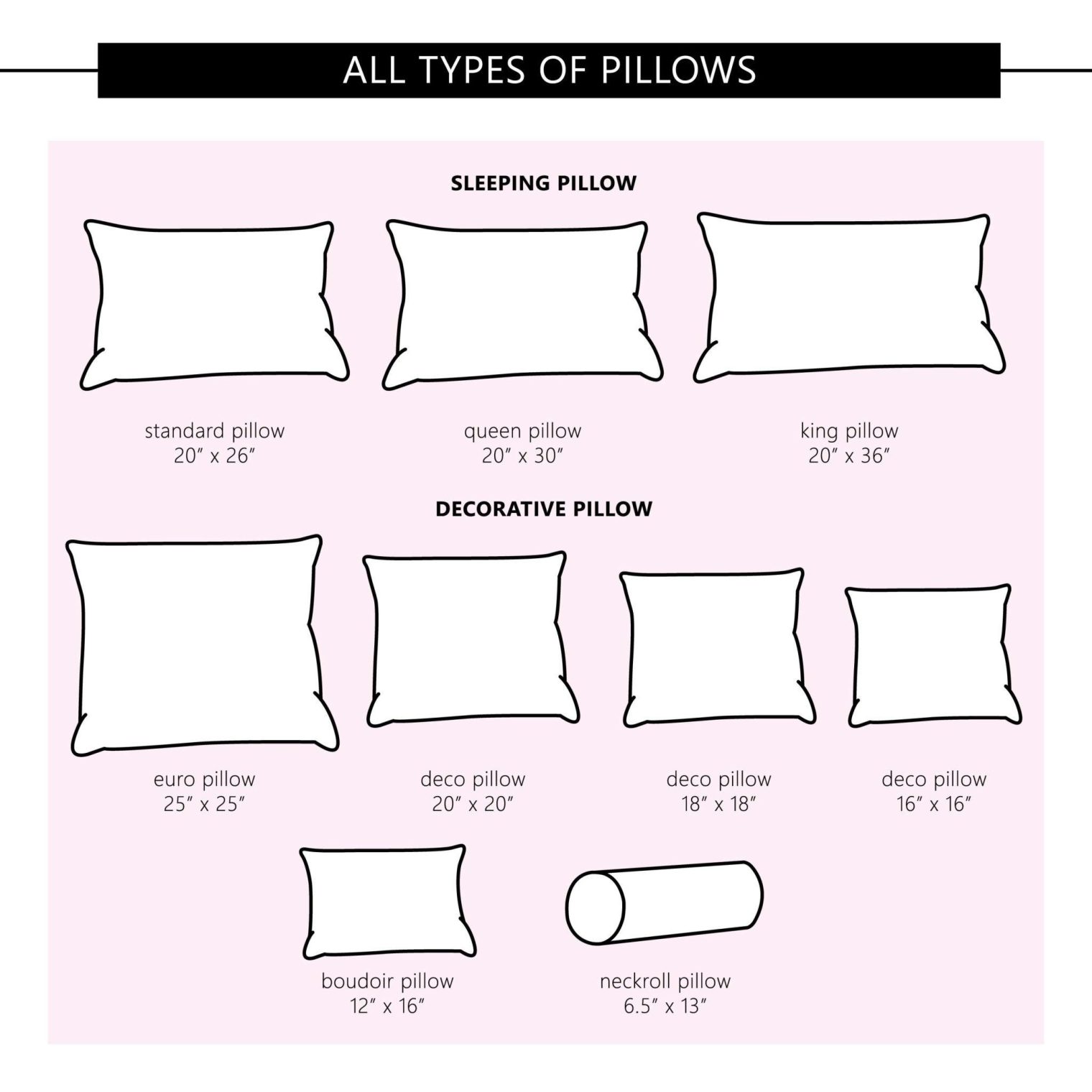
Pillow Size Guide
Choosing the right pillow size is crucial in creating a comfortable and aesthetically pleasing bedroom. Each pillow size serves a specific purpose, catering to various bed dimensions and personal preferences. Let’s explore the most common pillow sizes:
Standard Pillow Size
The standard pillow size is the most common and versatile option. It fits well on twin beds and works perfectly as a decorative addition to larger beds when combined with other pillows. Standard pillows are practical and functional, supporting a good night’s sleep.
King Pillow Size
King pillows are larger and ideal for king-size beds. With extra length, they offer comprehensive support and fill the width of a king mattress more effectively. King pillows are perfect for those who enjoy the luxurious feel of ample space and cushioning while sleeping.
European Pillow Size
European pillows, also known as Euro pillows, add a touch of luxury & elegance to your bedding. These square-shaped pillows are commonly used as decorative elements, placed against the headboard or as a backdrop to other pillows. Euro pillows contribute to a polished and sophisticated bedroom ensemble.
Super King Pillow cases
Super king pillows, such as super king-size mattresses, are designed for extra-large beds. The dimensions can vary but are generally larger than standard king pillows, providing abundant space and support. These oversized pillows create a grand and luxurious sleeping experience.
When choosing the pillow size, consider the bed dimensions, your sleeping preferences, and the overall aesthetic you want to achieve. Mixing different pillow sizes can add visual interest and depth to your bedding arrangement.
How To Choose the Right Pillow Size?
Selecting the right pillow depends on your bed size, personal preferences, and sleep posture. Consider the following tips:
- Bed Size: Match the pillow size with your bed to ensure a balanced and aesthetically pleasing look.
- Sleeping Position: Choose a pillow size that supports your sleeping position. For example, stomach sleepers may prefer smaller pillows, while side sleepers benefit from larger ones.
- Aesthetic Appeal: Mix standard, queen, and king pillows for a visually appealing arrangement, especially on larger beds.

How To Choose the Right Pillowcase?
Once you’ve chosen the perfect pillow size, the next step is selecting the right pillowcase. Follow these guidelines:
- Material Matters: opt for natural fabrics like cotton or linen for breathability and comfort. Silk pillow cover are excellent for reducing friction and preventing hair breakage.
- Thread Count: Higher thread counts often indicate softer and more durable pillow cover. Aim for a thread count between 300 and 600 for optimal quality.
- Closure Style: Choose between envelope closures for easy removal or zipper closures for a secure fit. Both options offer convenience and aesthetic appeal.
- Color and Design: Coordinate pillow cover colors and designs with your bedding and bedroom decor to enhance the overall aesthetic.
How do you take care and clean your pillow cases?
Maintaining clean pillowcases is essential for a healthy sleep environment. Follow these care tips:
- Regular Washing: Launder pillowcases every 1-2 weeks to remove oils, dirt, and allergens. Use a gentle detergent to preserve fabric quality.
- Separate Wash: Wash pillowcases separately from other linens to prevent tangling and damage.
- Cold Water: Use cold water to prevent shrinkage and preserve color. Follow the care instructions on label for the best results.
- Drying: Air-dry or tumble-dry on low heat to avoid excessive wear. Remove promptly to minimize wrinkles.
For More tips check out the Care tips for Pillow.
When Should You Change Your Pillow cases?
Knowing when to change your pillowcase is essential for hygiene and comfort. For pregnant women must know following instructions about changing U Shaped Pillowcase :
- Every Two Weeks: Regularly change pillow cases every 1-2 weeks to maintain a clean sleeping environment.
- Spills or Stains: Immediately change pillow cases if they become stained or soiled to prevent permanent damage.
- Signs of Wear: Replace pillow cases if you notice signs of wear, such as fraying, thinning, or fading.
- Seasonal Changes: Consider changing pillow covers with the seasons for a fresh and updated look.
Above instructions are also useful for the pregnant women who are using U shaped Pillows.
FAQs
What is an Oxford Pillowcase?
An Oxford pillowcase is a type of pillowcase distinguished by its decorative border or flange around the edges. This additional fabric border adds a touch of elegance and sophistication to the pillowcase.
What Type of Pillowcase is Best for Hair?
Silk pillowcases are considered the best for hair. The smooth surface reduces friction, preventing hair breakage and split ends. Additionally, silk helps maintain the natural oils in your hair.
How Often Should Pillow Covers Be Washed?
It’s recommended to wash pillow covers every 1-2 weeks to remove oils, dirt, and allergens. However, more frequent washing may be necessary if you have allergies or skin conditions.
How do you get rid of yellow stains on pillowcases?
To remove yellow stains, pretreat the stains with a mixture of baking soda & hydrogen peroxide. Wash the pillowcases in cold water with a stain-fighting detergent.
How to Make a Pillowcase?
Making a pillowcase is a simple sewing project. Cut fabric to size, fold and sew the hems, and stitch the sides. There are various online tutorials and patterns available for guidance.
How to Sew Pillowcases?
Sewing pillowcases involves basic stitching and hemming. Follow a pattern or tutorial for precise measurements and instructions. Beginners can start with a straightforward envelope-style closure.
Do Normal Pillowcases Fit Box Pillows?
Normal pillowcases may not fit box pillows snugly. Using pillowcases specifically designed for box pillows or choosing larger regular pillowcases is advisable.
How to Clean Silk Pillowcases?
Clean silk pillow cases by washing them by hand in cold water with mild detergent. Avoid twisting or wringing, and air-dry them away from direct sunlight. Iron on low heat if needed.
How to Get Pillowcases White Again?
To whiten pillow cases, soak them in warm water and oxygen-based bleach. Avoid to use chlorine bleach, as it can weaken the fabric over time.
How do you get rid of Sweat stains on pillowcases?
Pretreat sweat stains with a mixture of white vinegar and baking soda. Wash the pillow cases in cold water with a laundry detergent that contains enzymes.
How Often Should You Wash Bed Sheets and Pillowcases?
Bed sheets and pillowcases should be washed every 1-2 weeks. However, more frequent washing may be necessary in hot or humid climates or for those with allergies.

